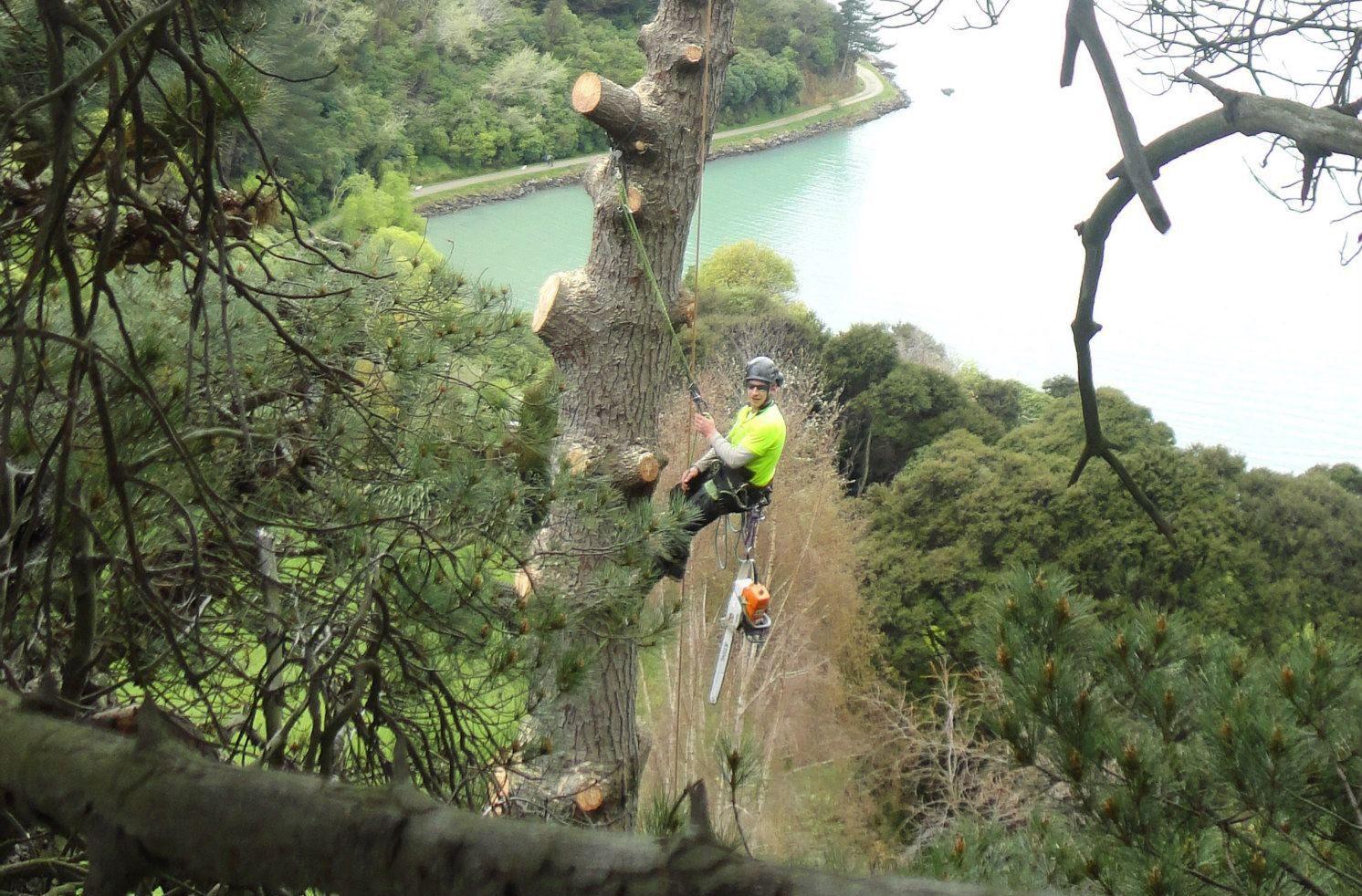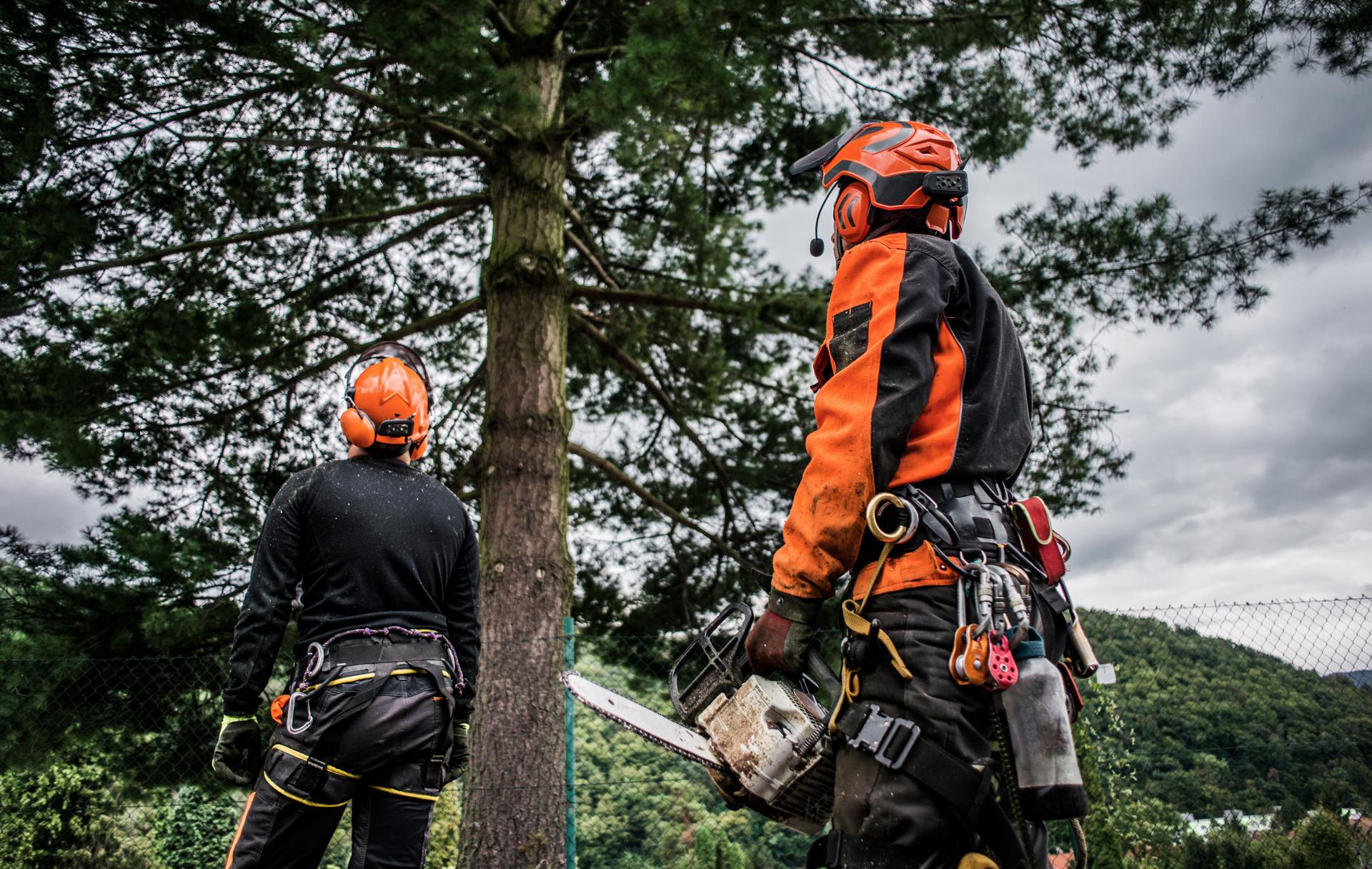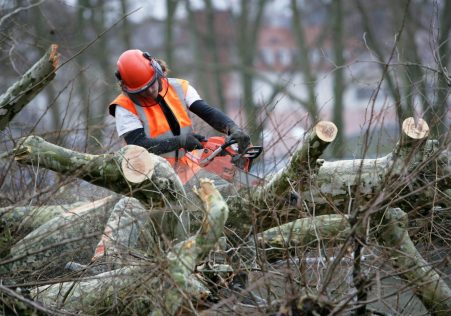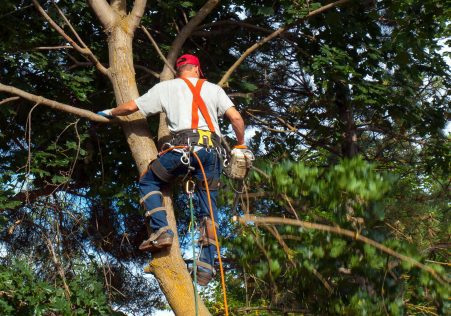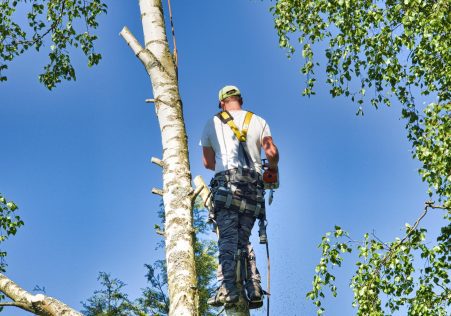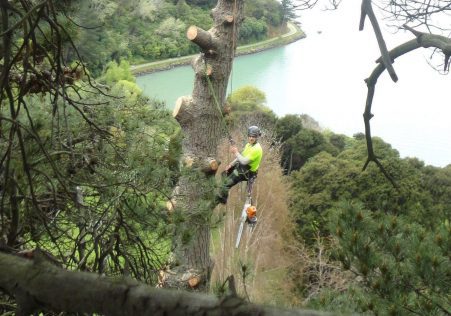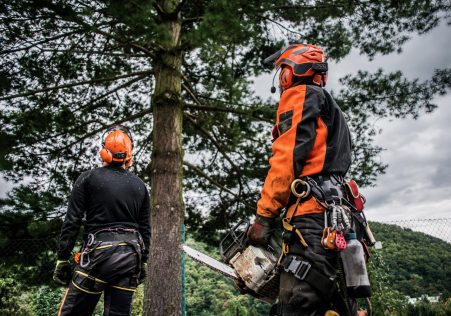How Long Do Tree Roots Remain afloat after being removed?
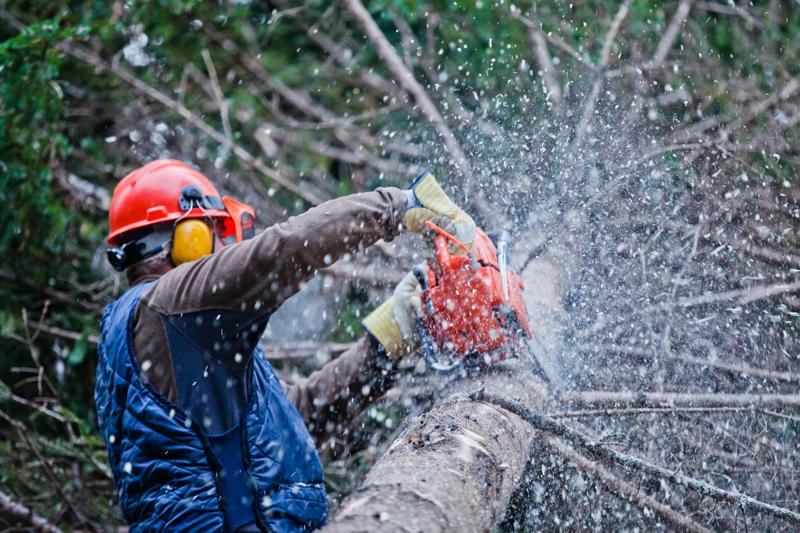
Tree removal is a necessary job for many property owners, however, it’s not as simple as cutting off the trunk and leaving the roots to decompose. Understanding the lifespan of the tree’s roots is essential for ensuring your removal is done properly and safely. The article below we’ll examine the duration the roots of trees last after a tree is removed and address several of the frequently-asked questions about this topic.
How long will tree roots last after cutting them down?
The lifespan of the tree’s roots after it has been cut down can vary greatly depending on the kind of tree, the length of the root, and the environmental conditions. It is generally safe to assume that tree roots continue to exist for many years after the tree is cut down. The reason for this is that the roots are capable of taking in moisture and nutrients from the soil regardless of whether the tree has been removed.
Factors that Affect the Longevity of Tree Roots
There are many factors that can affect the longevity of tree roots after a tree has been removed. A few of them are: Species of tree There are certain species of trees that have roots that are more durable and longer-lasting than other species. For example, oak tree roots have been known to live for several decades after the tree has been taken down. Dimension of roots: The larger the tree’s roots, the longer they will likely live after the tree is cut down. The reason for this is that larger roots are able to absorb water and nutrients from the soil. Environment conditions: The soil type, temperature, and levels of moisture in the region in which the tree was removed will influence the lifespan and longevity of roots. If the soil is dry and compacted, the roots will decay faster. If the soil is moist and well-drained, it will be longer lasting for the roots.
What happens to tree Roots After cutting them down?
If the tree is removed, the roots will slowly start to break down. This process can take several years, depending on the factors discussed above. At this point, the roots will slowly release nutrients back into the soil, which can be beneficial for other plants in the area. After the roots have completely decomposed, they will not pose a risk to the surrounding landscapes or structures.
FAQs:
Are tree roots able to grow again after being cut down?
The roots of trees cannot regenerate after a tree has been cut down. Once the roots are removed, they will gradually start to decay and no longer be capable of regrowing.
Are tree roots able to continue to grow after cutting them down?
The roots of trees won’t remain growing after a tree has been cut down. But, they’ll continue to live for several years as they’re still capable absorbing moisture and nutrients in the soil.
Are tree roots likely to continue to grow after the cutting?
The roots of trees won’t continue to grow after a tree has been taken down. Once the tree has been removed, the roots slowly begin to decay and will not pose a risk to the surrounding landscapes or structures.
Conclusion:
In conclusion, the duration of tree roots after the tree has been cut down can vary greatly according to a number of variables. Understanding the length of time that tree roots will live is vital to ensure that the removal of trees is carried out correctly and safely. If you own a tree that needs removal, it is recommended to employ a professional Sutherland Tree Removal arborist to carry out the job. Our highly trained and experienced arborists have the necessary equipment and experience to safely and effectively remove trees and address any concerns regarding the durability of the roots. Call us today by calling 1300 636 143 to schedule a consultation and find out more about our tree removal services within Sutherland Shire. Do not risk damaging your property or putting yourself at risk trying to remove a tree your own. Let the experts at Sutherland Tree Removal handle all of your tree removal needs.

